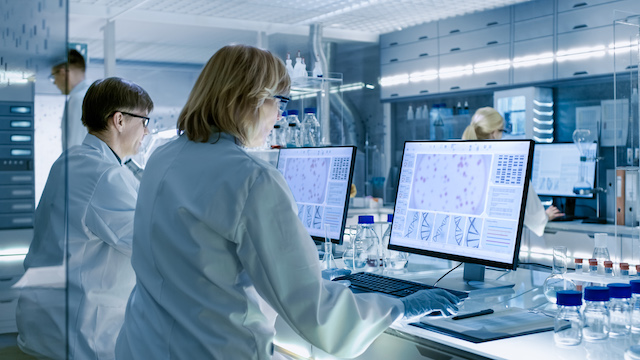
Before any kind of load cell can be used, it has to undergo an initial calibration.
Before any kind of load cell can be used, it has to undergo an initial calibration. The whole purpose is to convert the output voltage into a user-defined value. In other words, the data processing components of the initial system has to be taught how to convert mV/V from the load cell right to a force measurement value. Future calibrations can be compared to the initial calibration data to help determine if there are any electrical or structural issues with your load cell. For more information on load cell calibration and how it works, read on to learn more!
Recalibrating the Load Cell
Age, overloading, use, off-axis loading, rough environmental conditions, and various other factors can profoundly affect a load cell’s performance as time passes. This is why it is so important to recalibrate your load cell at different intervals. It is usually required that load cells be calibrated again every year, ideally using the same type of digital indicator and other components included in your system application. Load cells that experience constant or continuous use or are used in any harsh environments will probably require more frequent calibration. If you need help calibrating your load cell for your experiments or tests, swing by the Lab People today for assistance!
Load Cell Calibration and Accuracy
During calibration of load cells, the accuracy of a load cell is genuinely determined by testing linearity and repeatability. The standard, go-to method requires a set of about five known loads to be applied to your load cell, with output measurements taken around each load. For example, a 10k pound load cell would have its output measured at 2k, 4k, 6k, 8k, and 10k pounds. The data from these measurements are then used to determine the accuracy of your load cell. The accuracy of the load cell is usually expressed in terms of:
- Non-linearity
- Hysteresis
- And Combined Error
It is essential to arrive at meaningful measurement data, and calibration of your load cells ensures that your standard experiments in the lab are accurate, precise, and without any error. For more information on load cells and general calibration techniques for other pieces of lab equipment, check out our website or give us a call!
FOR ALL LAB EQUIPMENT AND LAB NEEDS, CONTACT LAB PEOPLE TODAY
The Lab People Inc. is a trusted provider of laboratory equipment, services, supplies, and rental equipment for you and your laboratory. As an ISO 17025 accredited service organization, we stand behind our services with 100% satisfaction guaranteed for all of our customers. We are here to provide you with the best lab equipment service, equipment, and supplies.
For more information about how we can assist you, visit our website, email us, or give us a call at 1-800-296-2001!
Do not forget to follow us on Facebook, Twitter, and Linkedin!
